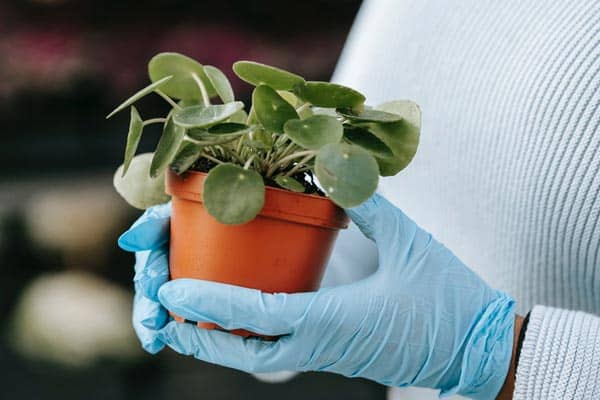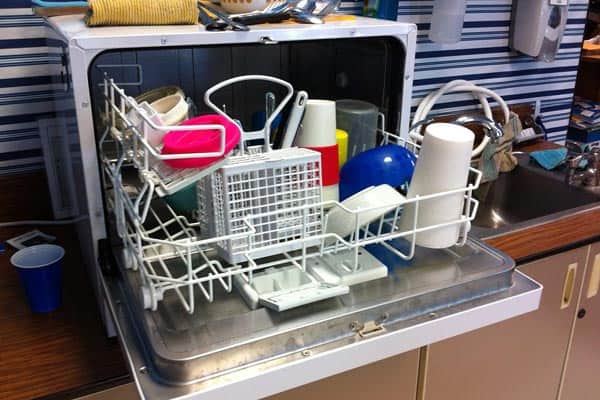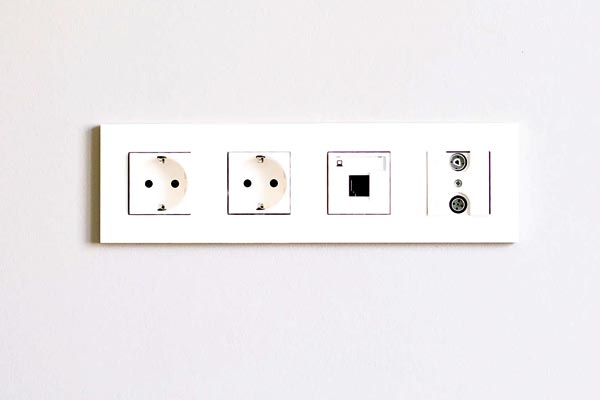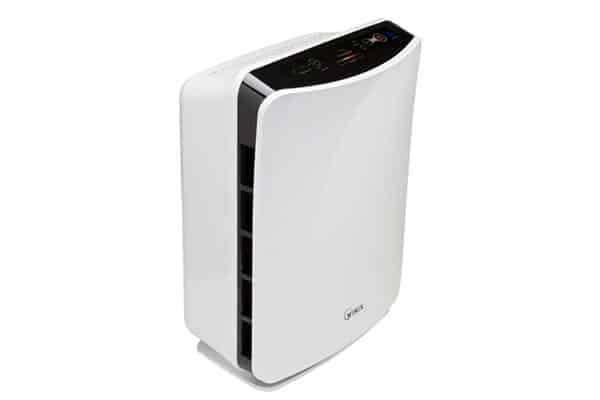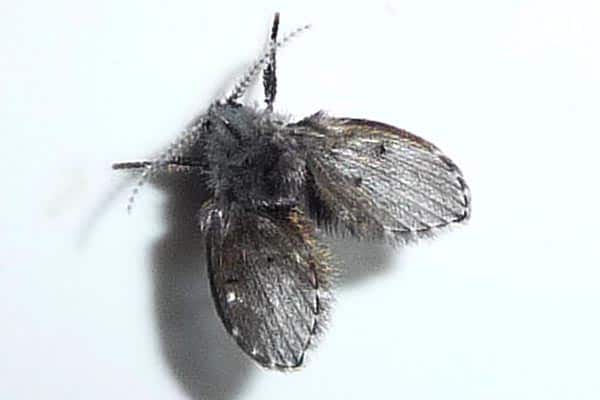Chinese Money Plant: The Complete Guide
Chinese money plants are beautiful, lush, and very easy to look after, which makes them popular houseplants for all sorts of different people.
They are neither huge nor tiny, and they are the perfect way to bring a little greenery to your indoor space without having to spend hours on plant care.
We’re going to cover some of the basic care for these plants, such as humidity, light, and soil requirements, as well as a bit of information about where they come from, how they got their name, and how to propagate them. If you’ve got or you’re thinking of getting a Chinese money plant, you should find everything you need to know here.
Where Do Chinese Money Plants Come From?
It won’t surprise you to learn that Chinese money plants come from China. They are native to the Sichuan and Yunnan provinces, which are in southern China. It began to spread around the world in the 1940s and became popular because it is so easy to propagate and take care of.
Sadly, although the plants are very popular in our homes, they are disappearing fast in their native environment. The Chinese money plant is rarely seen in the wild now, which is a sorry state of affairs given how beautiful this plant is.
Where Did The Name Come From?
You might think it’s a funny name for a plant like this, but actually, the Chinese money plant has quite a few names – and some are funnier. Its round, flat leaves have led to it being called the pancake plant, as well as the UFO plant.
It is also sometimes called a bender plant, a missionary plant, and a mirror grass plant.
Its proper name is Pilea Peperomioides, but it’s easy to see where some of the other names originate from.
The name Chinese money plant is a reference to the flat, rounded leaves, which look as much like coins as they do like UFOs or pancakes.
Some people say that if you put a coin in your plant’s pot, you will soon become rich, which could be another reason for the name – or may stem from the name. It’s hard to say which came first.
Whatever you call it, the plant is a great addition to your home, even if you aren’t green-fingered. Let’s discuss how to care for these plants next.
How Big Do Chinese Money Plants Get?
Chinese money plants aren’t massive as far as some house plants are concerned, but they can grow to about forty centimeters high if they are well-kept and happy. In older plants, you’ll see the stems starting to twist as they grow, but young plants tend to have smooth, straight red stems.
Their size is one of the things that makes them popular – because they are pretty well-balanced for growing in most situations.
You don’t have to have a massive space to grow one, or even several, Chinese money plants, but they are big enough to be noticeable and to lend a green, natural atmosphere to the room.
You won’t see a Chinese money plant get taller than about forty centimeters, and many won’t grow to this size. Its height will depend on the growing conditions, the pot, and the individual plant that you have. It will keep growing outward as it produces more babies.
They tend to be quite fast growers, especially if they have a lot of light, so if you have one of these plants, pop it somewhere that it can enjoy some indirect but bright light, and it will grow happily and healthily, and very quickly.
This makes them great for filling up bare walls or spaces where you want a bit of greenery.
Are Chinese Money Plants Toxic?
If you’ve got pets (or kids) that love to nibble on your plants, this is always a big consideration before you add a new plant to your home jungle. Fortunately, though, Chinese money plants are not toxic to either people or to pets.
That isn’t to say that you should eat them, or allow your child or cat or dog to eat them, and certainly not in large quantities.
Chinese money plants are known for being safe to have around, but if your child or pet does eat more than a leaf or two, you should consult a medical professional, just in case.
While the chances of it doing any harm are low, it’s a good idea to check and make sure it’s nothing to worry about.
How Do You Care For A Chinese Money Plant?
Light
Chinese money plants like plenty of light, but they are vulnerable to scorching if left in the direct sun, especially during the summer. You should move them away from the windows when it’s really warm outside, or rig up a cloth or shade to protect them from the worst of the sunlight.
Don’t leave your Chinese money plant in a dark spot; it won’t appreciate growing in some gloomy corner somewhere. Its leaves may turn pale and it might start to become very leggy, with thin, weak stems.
You should make a habit of brushing dust off the leaves of your plant. This will help them to photosynthesize effectively, making the most of the light they get, and it will also make them look better. Dusty plants aren’t attractive or happy!
Watering
Like all plants, these little green fellows need a drink now and then, but they don’t want too much water, or their roots will rot. More houseplants die of over-watering than under-watering, so be a little careful and don’t get too keen on the watering can.
You can check whether your Chinese money plant wants a drink by gently pushing the tip of your finger into the soil around its stem. If the soil is dry to about an inch down, the plant is thirsty and wants a drink. If the soil is still wet, wait a while longer before you give it more water.
You can also test by lifting the plant up. If the pot feels light and it’s easy to tip over, the plant is probably in need of a drink. Further signs of a thirsty plant include drooping or shriveled leaves.
However, if your plant’s leaves start turning yellow and dropping off easily, you need to stop watering it for a while, because it’s probably getting too much water. A few yellow leaves are nothing to worry about, but a lot should be a cause for concern.
Excessive water can lead to root rot in any plant, and the Chinese money plant is no exception to this rule. Root rot is a common plant killer and it is not a good idea to over-water your plant.
How much water your plant needs will depend on the local climate, how big its pot is, how much sun it gets, etc. As a rough guide, you will probably need to water it about once per week in normal conditions, but you should always check how dry the soil is, rather than water to a set schedule.
Soil
You might now be wondering what you should plant your Chinese money plant in. Just standard compost doesn’t cut it for a lot of houseplants. The Chinese money plant will tolerate it, but it may not be at its happiest if you stick it in a pot with just the stuff you might buy from a garden center or nursery.
These plants like good, loose soil around their roots, so you may find that orchid bark is an appropriate growing medium. You can mix this with standard, good-quality potting compost, and it will provide structure and nutrients to your plant.
You can use a standard potting mix if you don’t have anything else available, but you may want to add some perlite or gravel to help with the drainage. This is a good way to prevent your plant from getting over-watered and to ensure that it has enough oxygen around its roots.
Re-potting
Because they are fast-growers, Chinese money plants need re-potting quite frequently. They don’t like being root bound, and they will outgrow their pot surprisingly fast.
Even once the plant has reached its full size, it will need re-potting from time to time because it will produce young plants, and these are likely to fill up the pot and make the conditions too crowded.
If your plant is crowded, it won’t have enough space for healthy roots. It will also constantly dry out, because the plants will soak up what water there is, and won’t leave space for the growing medium that holds water. There will also be too much competition for nutrients.
At this point, or when your plant has simply got too big for its pot, you need to move it to a new container. You might find you do this about once a year with adult plants, and even more frequently with young plants that are growing fast.
Don’t dump your Chinese money plant in a massive pot; it won’t appreciate this any more than it appreciates a cramped pot. Instead, choose a container that is a couple of sizes bigger than what it is already in, and has good drainage holes.
Transfer the plant over gently, potting it with new compost and orchid bark, and then water it lightly to settle the roots. Put it out of direct sunlight for a few hours while it adjusts. You may notice some leaf loss in the next few days as a result of transplant shock, but it should be fine.
Humidity
A lot of plants that come from China enjoy increased humidity, which can be a little bit of a nuisance if you lead a busy life and don’t have a lot of spare time for misting houseplants.
You can of course create a pebble tray to humidify with, but the good news is that your Chinese money plant doesn’t specifically need high humidity levels.
These plants will cope in most household conditions, even if they are fairly dry. However, if conditions get too dry, you might notice the leaves of your plant turning crispy. This isn’t good, either for the plant’s health or for the aesthetics, so let’s look at fixing it.
To increase the humidity around your plant, you can use a spray bottle to give it a light mist early in the morning. Either spray the plant’s leaves directly or spray the soil around the plant’s base. Make sure it is not in direct sun after this, as the water will make the leaves even more vulnerable to burning.
Alternatively, create a pebble tray. For this, you need a shallow tray with no holes in it and a bag of pebbles or gravel. Tip the pebbles into the bottom of the tray, and then fill the tray with water until it is just below the level of the pebbles.
You can then stand your plant on top of the pebbles. The plant will stay dry (and therefore won’t be vulnerable to rotting) and the water from the tray will slowly evaporate and mist the leaves, making the plant happy and healthy.
Try to always mist early on in the day, as having wet leaves at night can lead to problems with mold. You shouldn’t often have to humidify a Chinese money plant, but if you have a particularly dry summer or your home is very dry, these are simple solutions that will keep its foliage fresh and lush.
How Do You Propagate A Chinese Money Plant?
These plants make lovely gifts to friends and family, and they are so cute and easy, you might want half a dozen or so to put around your home.
If you do, the great news is that they are extremely easy to propagate. In fact, if you have a mother plant, you’ll probably find you end up with more babies than you know what to do with!
Once your plant is mature, you should be able to see young plants forming in the soil around it. The main plant is called the mother, and these young plants are often referred to as pups. Pups are super easy to take off and propagate, and if you are successful, you will have a whole new plant to enjoy.
You need a sharp, sterile knife or scissors to take the pup off, and you should have a glass or jar of water to hand. To remove a pup, gently dig around it, as close to the mother plant as you can get. Try not to snap or damage the plant’s roots or stems.
Once you have removed some soil, you should be able to see the stem of the pup, leading to the mother plant. Cut the pup off, leaving as much of its stem on it as possible, by slicing through the stem as close to the mother plant as you can.
This should leave you with a few green leaves on a woody, brown stem. Submerge the stem in water, but keep the green growth above the water (or it will rot). The stem should, over the next few days, start to grow roots.
It will usually take a few weeks for the pup to establish a full network of roots. Keep it in the jar of water, situated in bright but indirect light, during this time. Every few days, you should refresh the water to oxygenate it and prevent the growth of algae.
When the roots have developed, remove the plant from the jar and gently transfer it to a container full of potting mix. Use the same mix as you would for an adult plant.
Cover the roots and the bottom part of the stem, and then water lightly and put in a warm, bright place with no direct sunlight.
Over the next few weeks, your plant should start growing normally, just as an adult Chinese money plant does. You should keep it moist but not sodden, and protect it from getting scorched by the sun, especially while it is a baby.
Because Chinese money plants grow quickly, remember to keep an eye on it and re-pot it when it outgrows its container. This may be in just a few months.
It’s worth noting that some people grow their Chinese money plant pups directly in the soil, rather than placing them in water first. You can certainly try this and you may have more success with it.
Some people find that the water is an unnecessary step and actually slows the whole process down, so if you want to, have a go at planting them straight into the soil.
Summary
Chinese money plants are beautiful, easy, and house-friendly plants in that they are non-toxic and not too big. They are simple to care for, needing only a bit of water and a reasonable amount of indirect light to keep them happy and healthy.
They will reward you with beautiful green foliage and appealing, springy leaves. You could even try the coin trick and see if they bring you wealth, although given how popular these plants are and how few owners are now claiming to be millionaires, it doesn’t seem likely!
